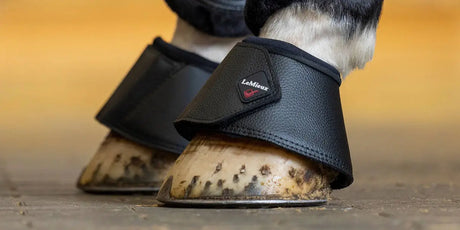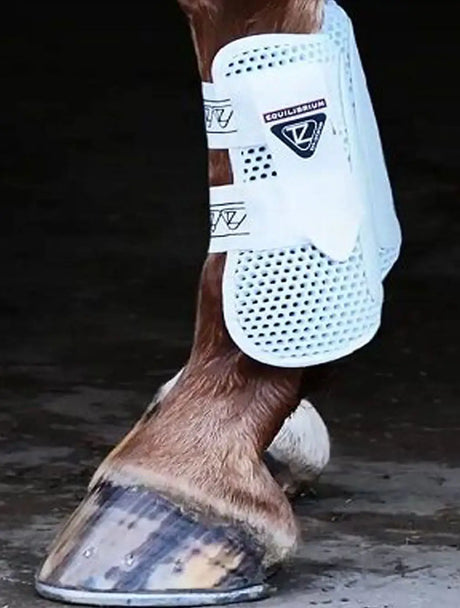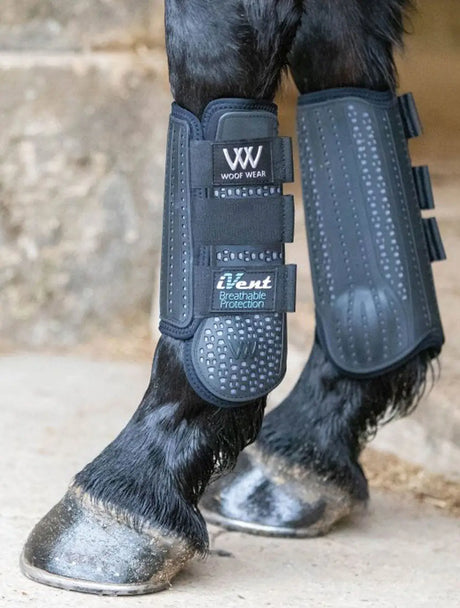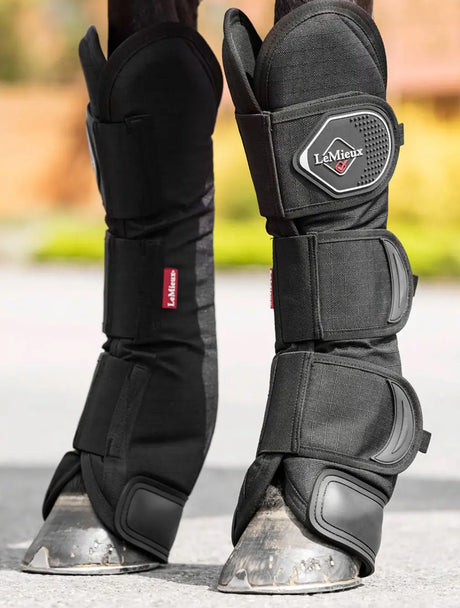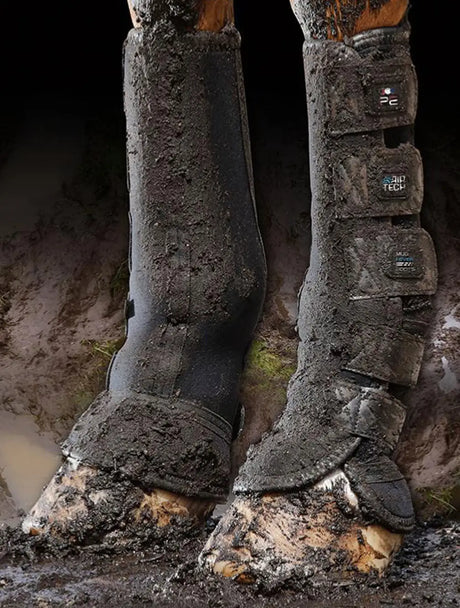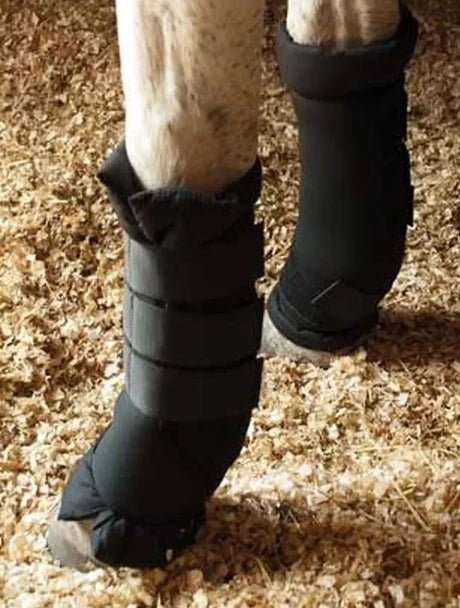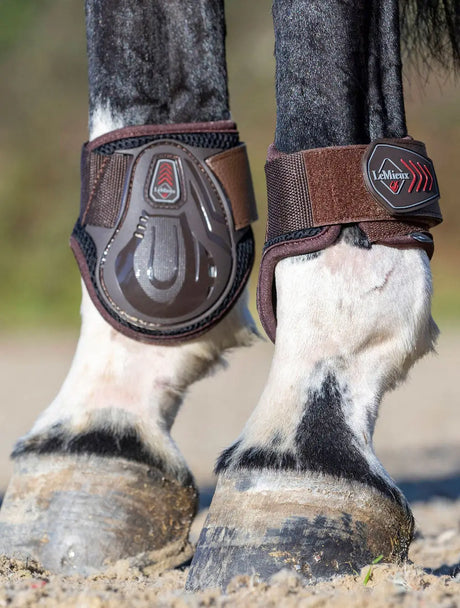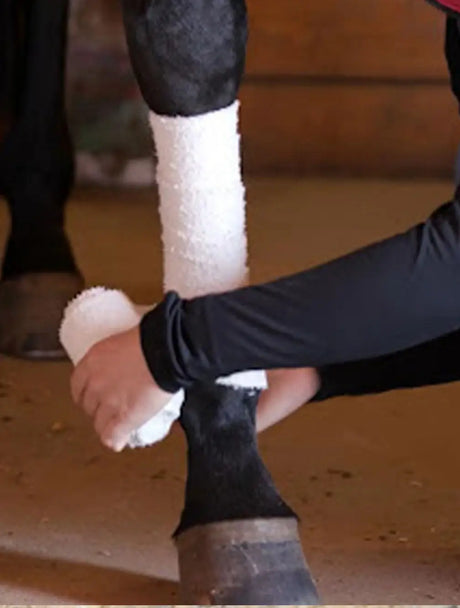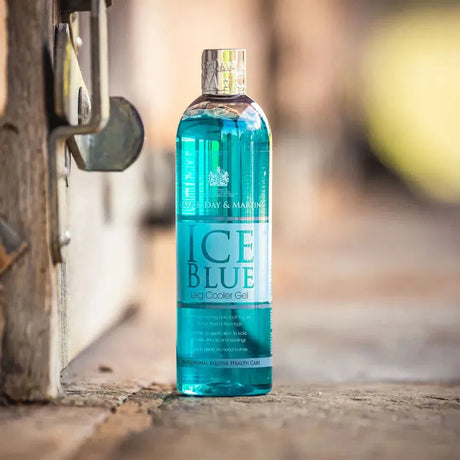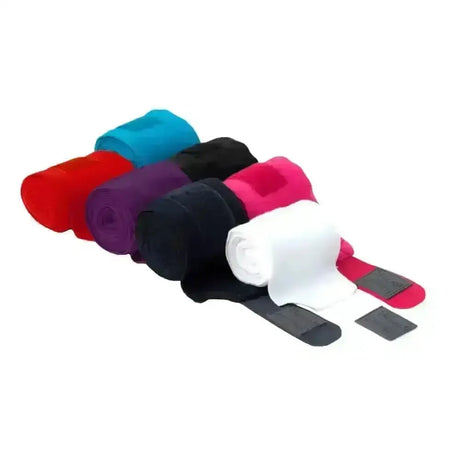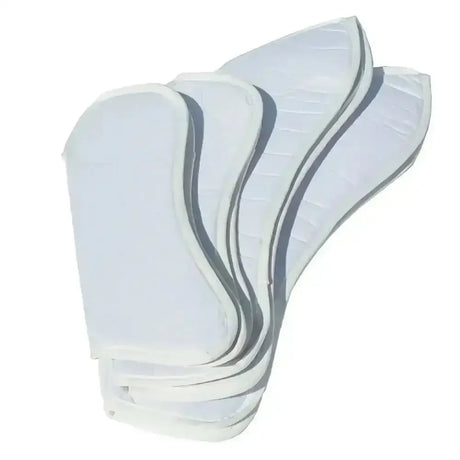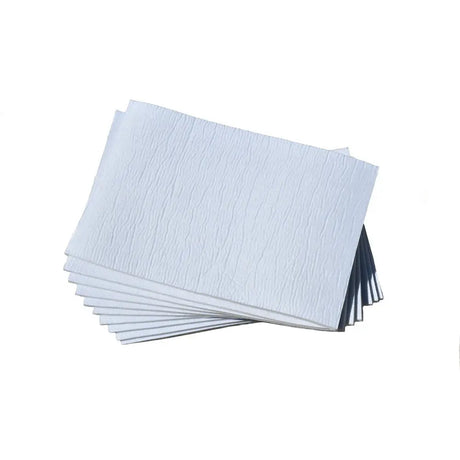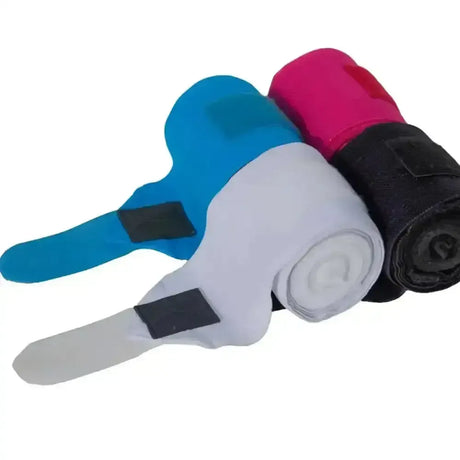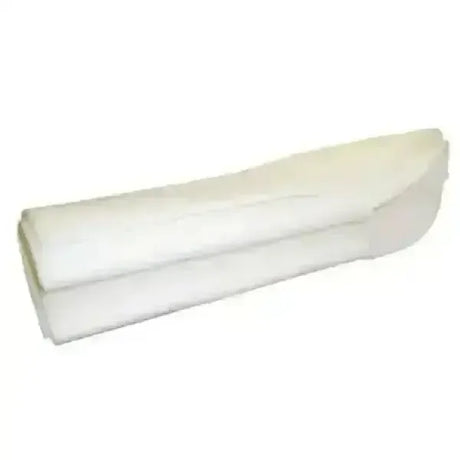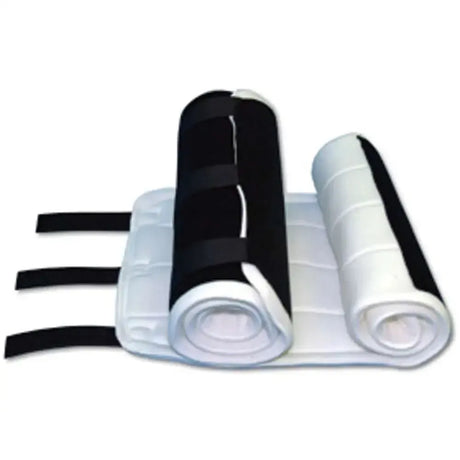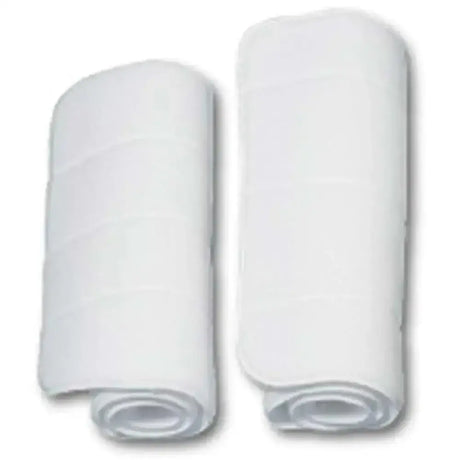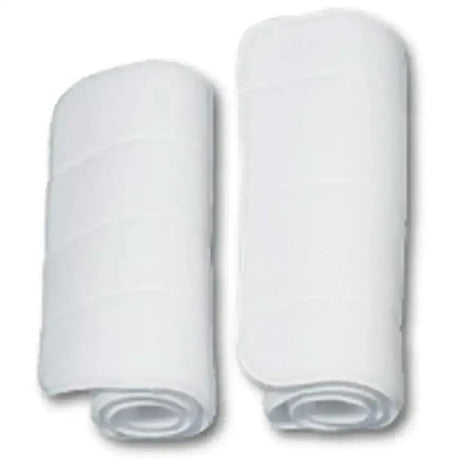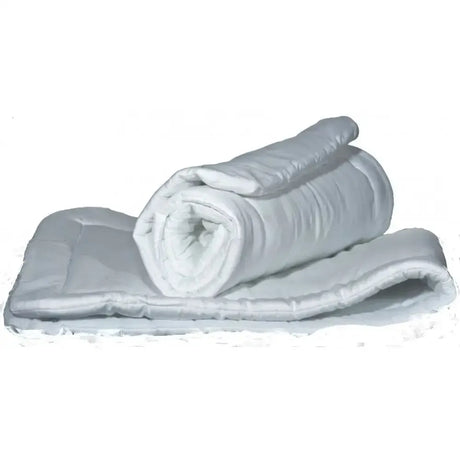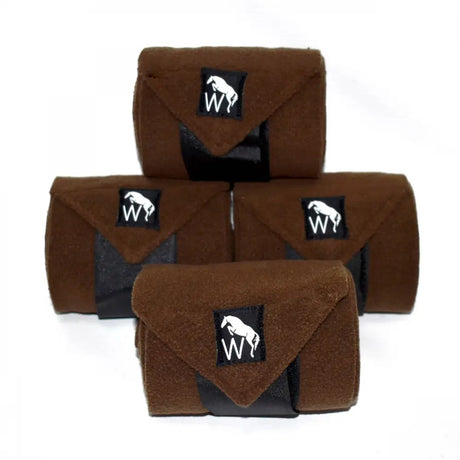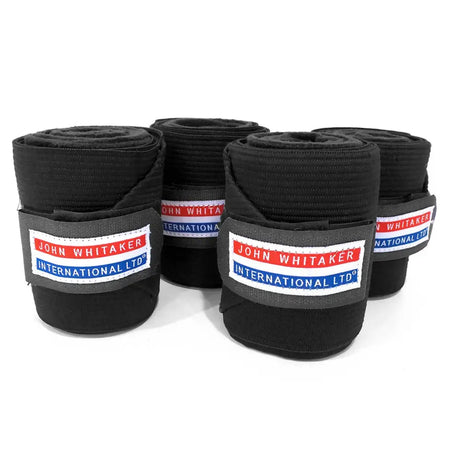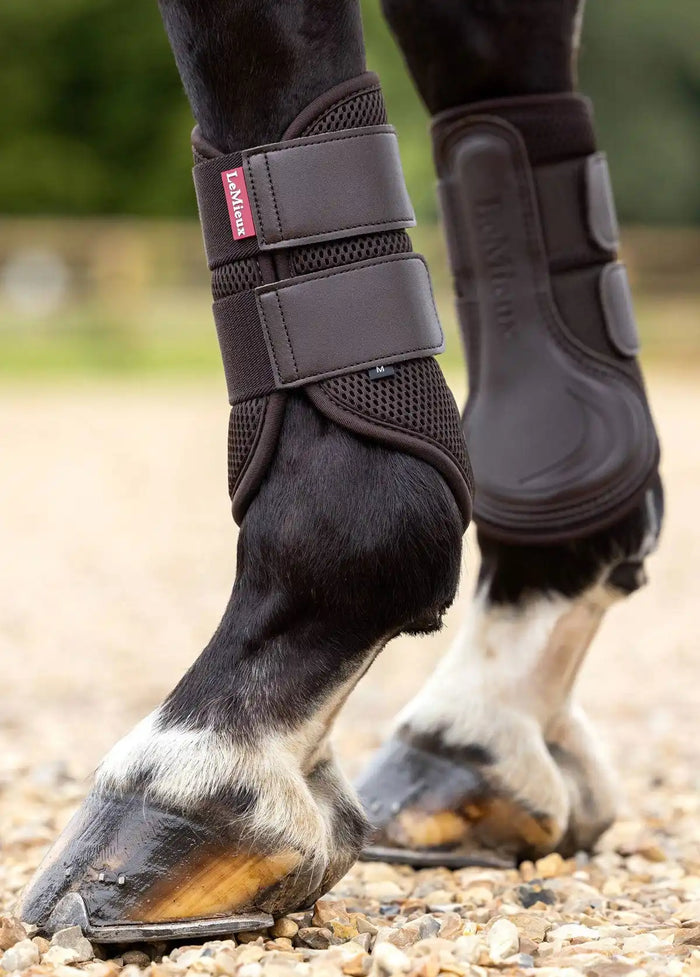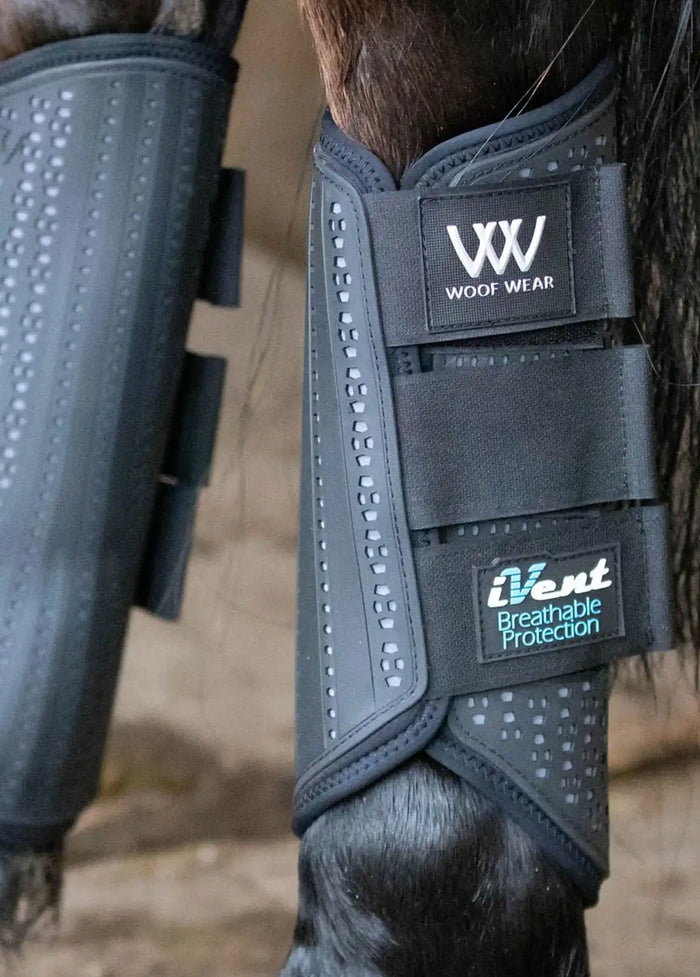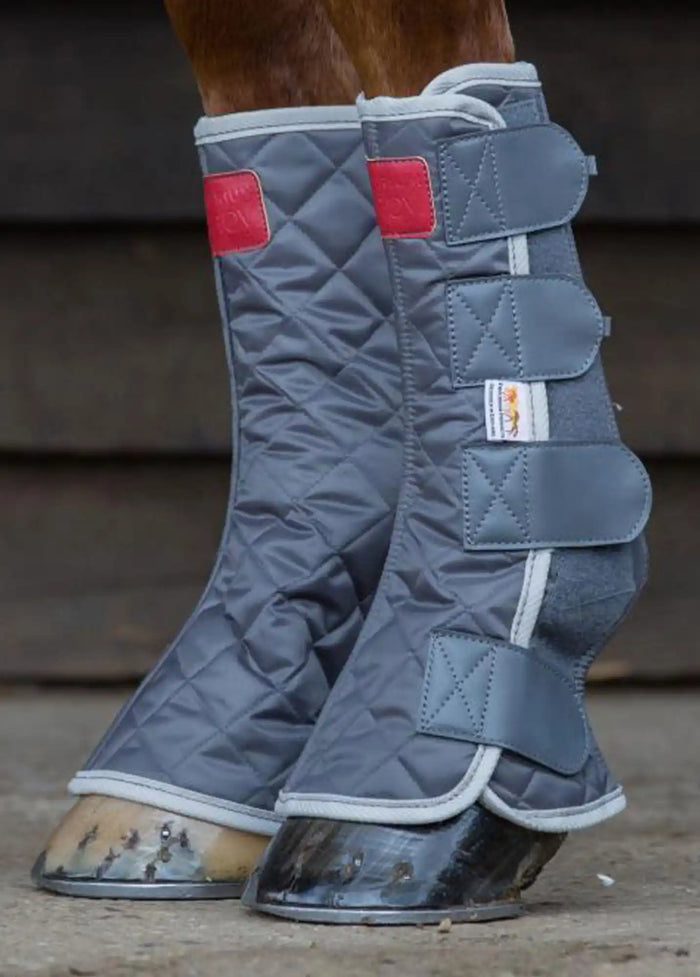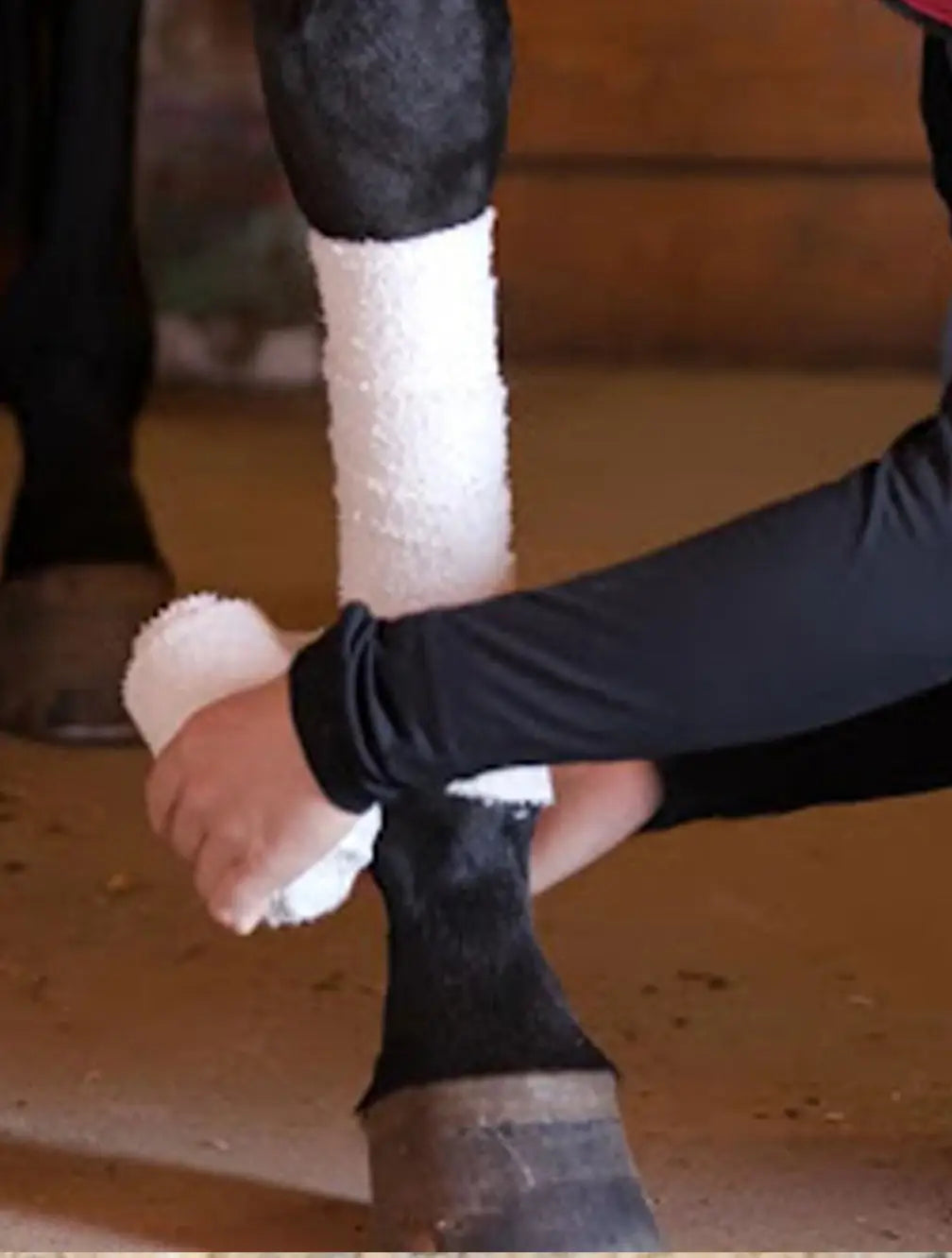Horse Leg Protection
Shop our full range-
LeMieux Rhone Polo Bandages Vintage Navy
£18.27£19.23Save OnlineUnit price /Unavailable -
LeMieux Sienna Classic Polo Bandages Set of 4
£13.20£13.89Save OnlineUnit price /Unavailable -
Rhinegold Elasticated Bandages
From £7.65£16.95Save OnlineUnit price /Unavailable -
Rhinegold Fleece Stable or Travel Bandages
£13.52£14.95Save OnlineUnit price /Unavailable -
Rhinegold Knitted Travel or Stable Bandages
£15.21£16.95Save OnlineUnit price /Unavailable -
From £4.25
£7.50Save OnlineUnit price /Unavailable -
£15.13
£17.50Save OnlineUnit price /Unavailable -
Rhinegold Small Gamgee Pads (Set of 10)
£12.75£15.95Save OnlineUnit price /Unavailable -
£15.21
£16.95Save OnlineUnit price /Unavailable -
From £9.00Unit price /Unavailable
-
£36.94Unit price /Unavailable
-
£18.44Unit price /Unavailable
-
£18.80Unit price /Unavailable
-
£19.50Unit price /Unavailable
-
£6.12
£15.00Save OnlineUnit price /Unavailable -
Whitaker Tb4 Training Bandages
£26.77£29.95Save OnlineUnit price /Unavailable

